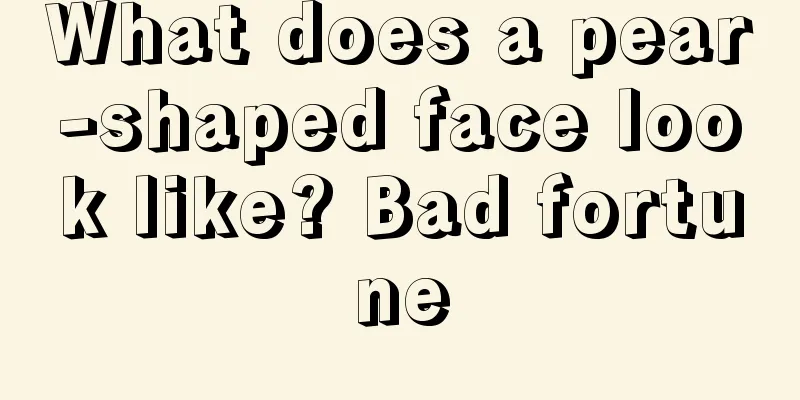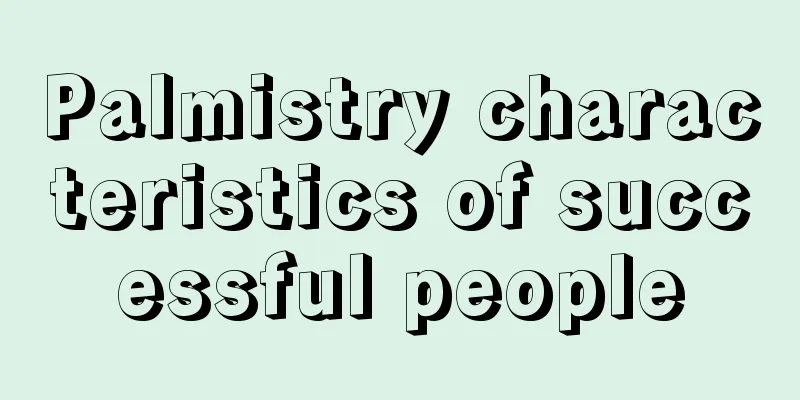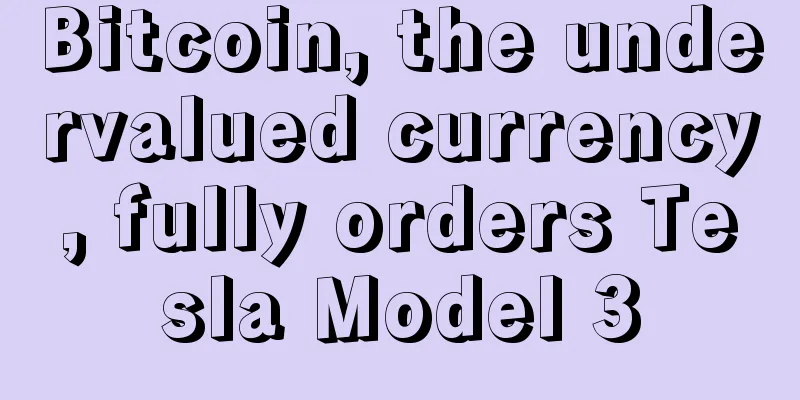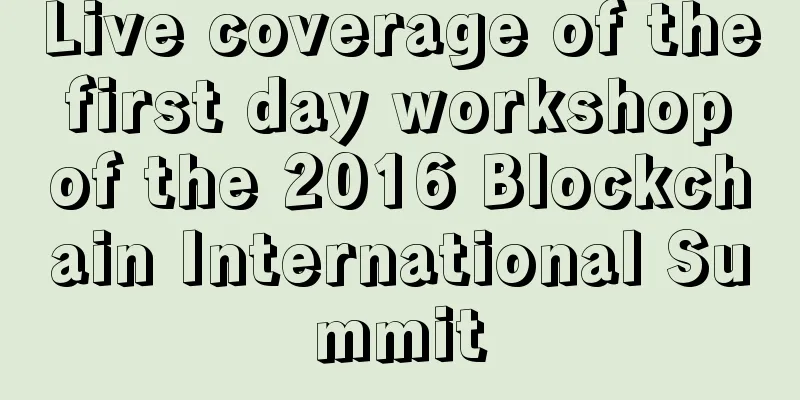Who will use the “Ethereum merger” to guide the investment “narrative”?
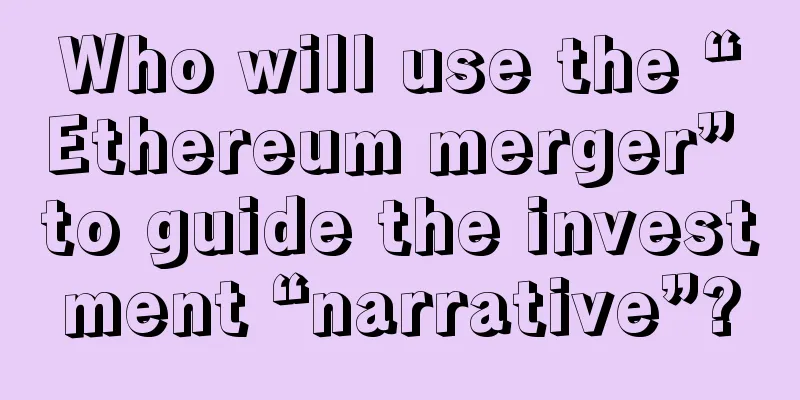
|
The merger is the biggest thing for Ethereum in 2022. Given Ethereum’s status, there will inevitably be people or projects that use “Ethereum merger” as an investment narrative. So, by analyzing the details of the "Ethereum merger", who will use the "Ethereum merger" to guide the investment "narrative"? The merger of Ethereum, that is, the transfer from PoW to PoS, is currently in the key process of testing. During the merger, the validator running the beacon chain node will run the execution client to support the original Ethereum 1.0 chain with the new execution layer node. The Ethereum 1.0 chain will become the execution layer and will develop into one of the shards in the future. The beacon chain will become the consensus layer and dominate the ledger consistency. It is expected that the gas fee of the application operation will be attributed to the execution layer node. The route after the merger includes Surge introducing sharding and Verge introducing Verkle trees. So in addition to the merger, there may be other points to guide the narrative. Surge is the next step for Ethereum after the merger. It is to build a sharding structure. The ultimate goal is to have 64 shards operating simultaneously. The shard nodes are predicted to be similar to the operation of the merger. The execution layer client will be promoted and deployed among many Ethereum validators, the number of nodes that can be allocated to the shards will be expanded, and then the algorithm and actual practical operations will be adjusted. The planned completion time is 2023. Verge refers to the introduction of Verkle tree technology, whose goal is to help optimize Ethereum storage and help reduce node size. Verkle tree takes up less space to store the same size of data compared to Merkle tree. Proofing in a traditional binary Merkle tree will require about 1 KB, while in a Verkle tree, this proof will be less than 150B. From these steps, there are three possible roles to speculate. 1. Computing power management The core of the Ethereum merger is to abandon PoW. The original PoW node mining machines cannot currently be used directly for the beacon chain or execution layer, so how to deal with this computing power? This will be the first thing that will happen in Ethereum’s merged narrative: where will the value of the PoW chain turn? ETC, which was forked from Ethereum due to the DAO attack, may be the first transfer destination of computing power. In addition, there will definitely be new organizers who will try to synchronize the original global state of Ethereum and re-release a chain and tokens to place computing power according to the PoW consensus. The idea may make it easier to transfer Ethereum's current computing power to the new network. Although ETC is interoperable with the ETH1.0 chain algorithm, its own on-chain value will be different from that of Ethereum, and there will be both good and bad aspects in the project's narrative. But overall, the narrative of new coins or computing power disposal may be sufficient to maintain consensus support in the short term, while in the long run, the development directions of PoW chains and application chains will be differentiated. 2. Node mortgage The main development idea of the Ethereum merger is to focus all efforts on the Ethereum 2.0 vision to realize PoS. The carriers for implementation are the beacon chain and sharding. The builders of these network nodes all need 32 ETH as collateral assets to operate. Therefore, node pledge will become another mainstream narrative, and all participants in this part may benefit from it. The first is the service provider who completes the node mortgage. There are many projects included. These projects, like Lido, can help users complete the mortgage, issue anchor coins to maintain liquidity, and earn Ethereum node reward income. Secondly, because the 32ETH threshold for Ethereum node pledge is too high, mining pools and service providers can allow users to participate with decentralized ETH. Generally speaking, there should also be a threshold. Based on this idea, some projects that use MPC technology and cryptographic multi-signature technology to enable retail investors to participate in staking may use this to spread their own technical narratives. 3. Ethereum Challenger The merger of Ethereum is a major event for the public chain and an attempt to explore the public chain. This means that after the merger, the value of Ethereum still needs to be considered, whether Ethereum is good or not, and whether it can bear the future application development. The specific comparison with Ethereum will be those Ethereum challenger public chains. Public chains based on high concurrency, sharding, and capacity expansion will become public chains with merged narratives in this category. Ethereum’s current roadmap is centered around rollup, with sharding as the development goal for the L1 layer, which will shift the expansion pressure to L2. In terms of sharding, many other public chains have already achieved it, and there are even more projects on rollup. In Ethereum's L2 project, rollup and zero-knowledge proof are the main technologies used in combination. Compared with practice in the Ethereum ecosystem, it is very difficult and time-consuming. Therefore, public chains and L2 that are the first to implement technologies such as rollup, zero-knowledge proof, sharding, data availability, and stateless clients are likely to become the narrators of this merger. Final Thoughts If the main attribute of cryptocurrency is defined by investment attributes, then it seems that narrative will become a necessity in the industry. However, on a technology-based chain, using narrative to guide industry development seems to have brought silent technology into other consciousness disputes, which is astonishing. |
<<: Ethereum Foundation Blog: The last testnet is about to be merged. What do we need to do?
>>: Is a fork inevitable as the Ethereum merger is imminent?
Recommend
What is the difference between good moles and bad moles?
There are many moles on the human body, and they ...
How to distinguish between birthmarks and moles? What is the difference between a birthmark and a mole?
I believe that many people confuse moles with bir...
What kind of nose is lucky? What is the appearance of a lucky nose?
Straight nose People with straight noses have rea...
What does it mean that people with crooked noses have crooked minds?
Everyone's facial appearance is different. So...
You must know what the face of someone you can't afford to offend looks like
1. Eyebrows grow in reverse and are messy Eyebrow...
Is it good for a woman to have a mole on the left corner of her mouth?
Everyone has moles on their body to a greater or ...
Grimm coin - This coin uses the same algorithm as beam coin. It is mined by graphics cards, and EasyMiner already supports mining this coin!
Grimm coin, this coin has the same algorithm as b...
ETC faces monetary policy reform, hard fork plan is on the agenda
Many thanks to developers, miners, community memb...
What are the characteristics of a woman's face that can help her husband succeed?
Every man hopes to marry a woman who can bring go...
What does a woman's face look like when her marriage is not going well? Which women are unhappy?
It doesn't mean that beautiful women will def...
How to tell how many times a person will get married from palmistry
1. You can look at the part on the side below you...
What kind of eyebrows are the most prosperous?
What kind of eyebrows are the most prosperous? Ey...
What are the characteristics of women who are difficult to marry?
A woman's marriage destiny can often be seen f...
Always trying to evade taxes
Some people are so stingy that they even dare to ...
What are the Yin Xi lines? Do they affect Yin De?
Although most of the wrinkles on the face are bad...
